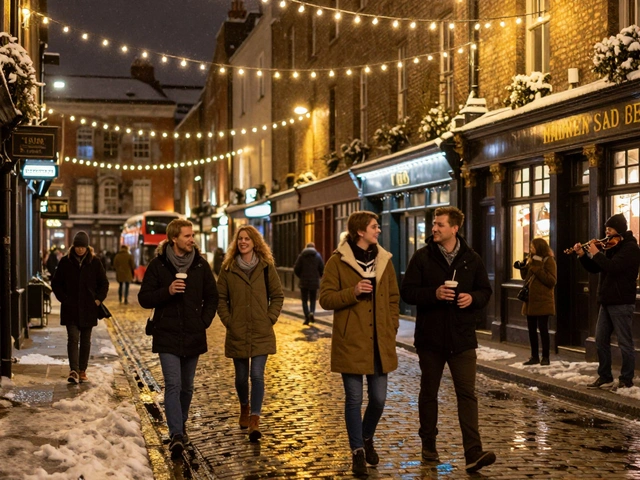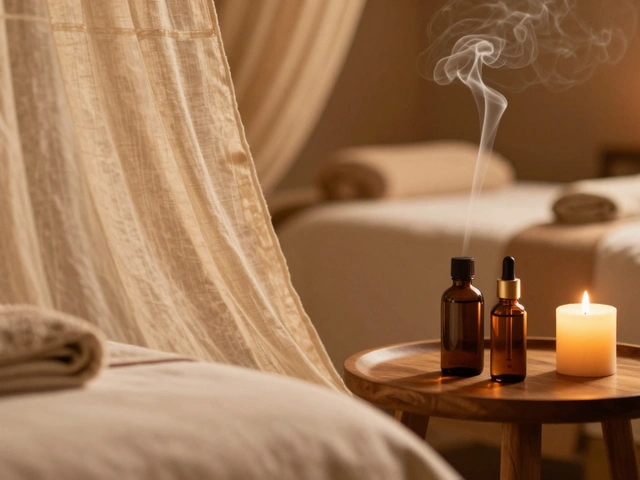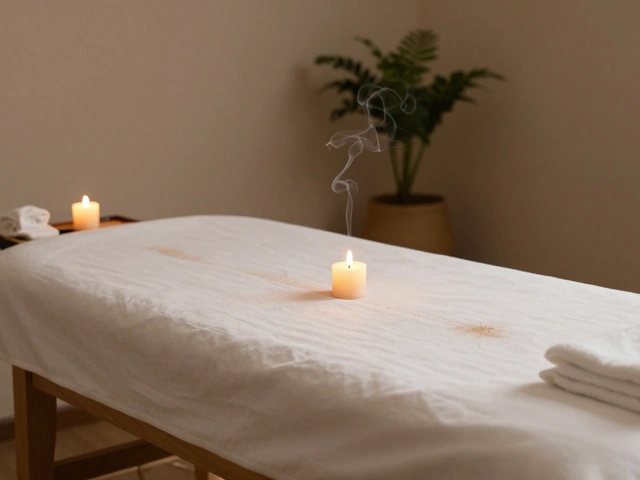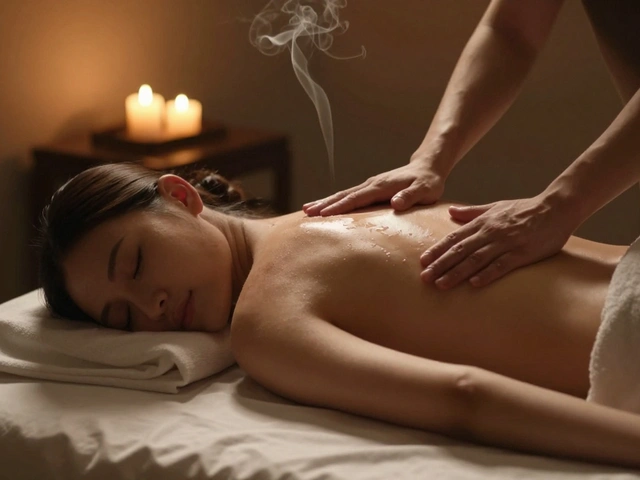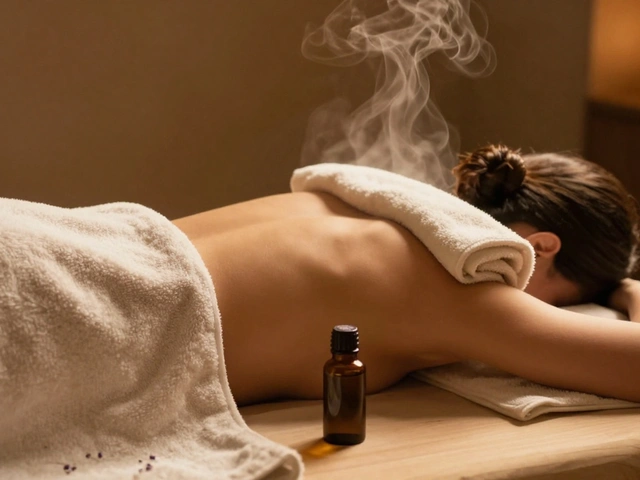Nightlife London Venues: How They Shaped the City’s Culture
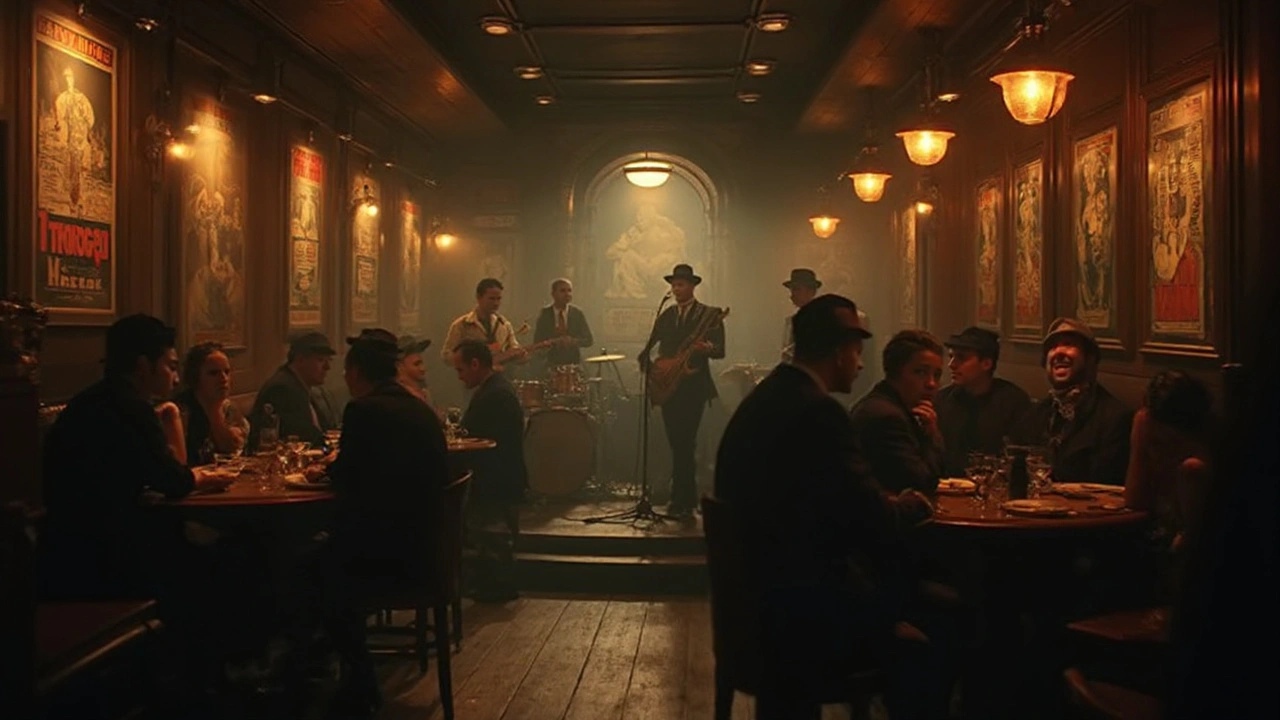
London nightlife didn’t just pop up with rave flyers in the '90s—it’s been quietly evolving for centuries. Picture this: gin-soaked back rooms, candlelit cellars, secret dance halls where rules were, let’s say, optional. The wild thing? Many of today’s hotspots stand on the same streets where Victorian-era parties once got shut down by the police.
If you’re wondering why London’s clubs and bars feel charged with energy, it’s because generations have used these spots as their playgrounds and battlegrounds. Some venues made headlines for outrageous parties or legendary performances (ever heard the story of the Rolling Stones getting kicked out of a tiny Soho club?). Others are tucked away, never advertised, known only through a friend’s tipsy directions.
So many travelers stick to famous names, but the real magic often happens down an unmarked alley or behind a plain black door. Want to uncover what makes London’s nightlife tick? Knowing some history helps you spot authentic venues—and dodge flashy tourist traps.
- The Origins: From Gin Palaces to Dance Halls
- Icons That Changed Everything
- Underground Movements and Hidden Scenes
- Tips for Experiencing London Nightlife Now
The Origins: From Gin Palaces to Dance Halls
London’s nightlife has roots deeper than most people imagine. Before nightclubs or even pubs as we know them, there were gin palaces. These places popped up in the early 1800s, mainly because gin was insanely cheap and sold everywhere. By 1830, there were over 7,000 gin shops across the city. Walk into a gin palace back then, and you’d step into a bright, mirrored world—noisy, smoky, and always packed. The point wasn’t just drinking. It was about being seen, meeting people, and sharing the latest gossip. Some of today’s trendy bars actually still use the old gin palace look, with their shiny brass fittings and big mirrors.
Victorian lawmakers freaked out about all this wild drinking, so they passed laws to tame the madness. That’s when the honest British pub got a makeover and turned into more of a community spot. But working-class Londoners kept looking for fun after dark. In the late 1800s, music halls kicked off. These early venues were the life of the party, mixing music, comedy, and theater. If you stroll through East End today, venues like Wilton’s Music Hall still stand—a real relic from the era, open since 1859.
Anyone into old stories will get a kick out of the old dance halls too. The Hammersmith Palais and the Lyceum Ballroom drew massive crowds by the early 20th century. You’d find people dressed up, swinging to big bands or taking their first steps in ballroom dancing. Social dancing became the go-to way for Londoners to let loose without causing drama. Some famous names, like David Bowie, played their first gigs in these halls before getting big on the world stage.
What’s wild is just how much all these places—gin palaces, music halls, and dance clubs—set the tone for what night out in London means now. At the end of the day, the heart of London nightlife still beats in those same communal vibes, hidden corners, and the thrill of doing something a little out of the ordinary.
Icons That Changed Everything
Some London venues didn’t just host parties—they rewrote the rules of London nightlife. Let’s start with Ronnie Scott’s Jazz Club in Soho. Opened in 1959, this spot welcomed legends like Ella Fitzgerald and Miles Davis. Jazz might sound old-school, but the place turned late nights into a must for music fans and set a new standard for what a club could be.
Skip forward to the '80s and The Blitz Club in Covent Garden. If you’ve heard of Boy George or Spandau Ballet, this is where they got their big break. The Blitz Kids basically invented the New Romantic look—makeup, wild outfits, total confidence. As club regular Steve Strange said,
“We weren’t just dancing, we were creating something totally new.”
Then you’ve got Ministry of Sound, which exploded onto the scene in 1991. Modeled after New York’s house clubs, it went massive. By 1999, they’d hosted 500,000 clubbers a year. Their sound system? Over £500,000 spent to make sure the bass could knock the wind out of you. Even in 2025, it’s a top pick for late-night raving.
Wanna see how much these places mattered? Check out this data:
| Venue | Opened | Biggest Impact | Claim to Fame |
|---|---|---|---|
| Ronnie Scott's | 1959 | Pushed jazz into mainstream | Hosted jazz legends, live recordings |
| The Blitz Club | 1979 | Kickstarted New Romantic scene | Launching pad for major UK pop acts |
| Ministry of Sound | 1991 | Revolutionized dance music | World-class DJ performances, iconic sound system |
It’s not just the music. Each of these places pulled in all kinds—artists, weirdos, trendsetters. They became more than places to party. Most visitors never forget their first time at one of these clubs, whether it’s spotting someone famous at the bar or just soaking up the wild crowd energy.
Here’s a quick tip: don’t just walk in expecting a museum. These venues are constantly changing, adapting to whatever’s next in the city. You never know what’s around the corner—maybe you’ll catch a secret gig or spot tomorrow’s superstar DJ dropping tracks before they go mainstream.
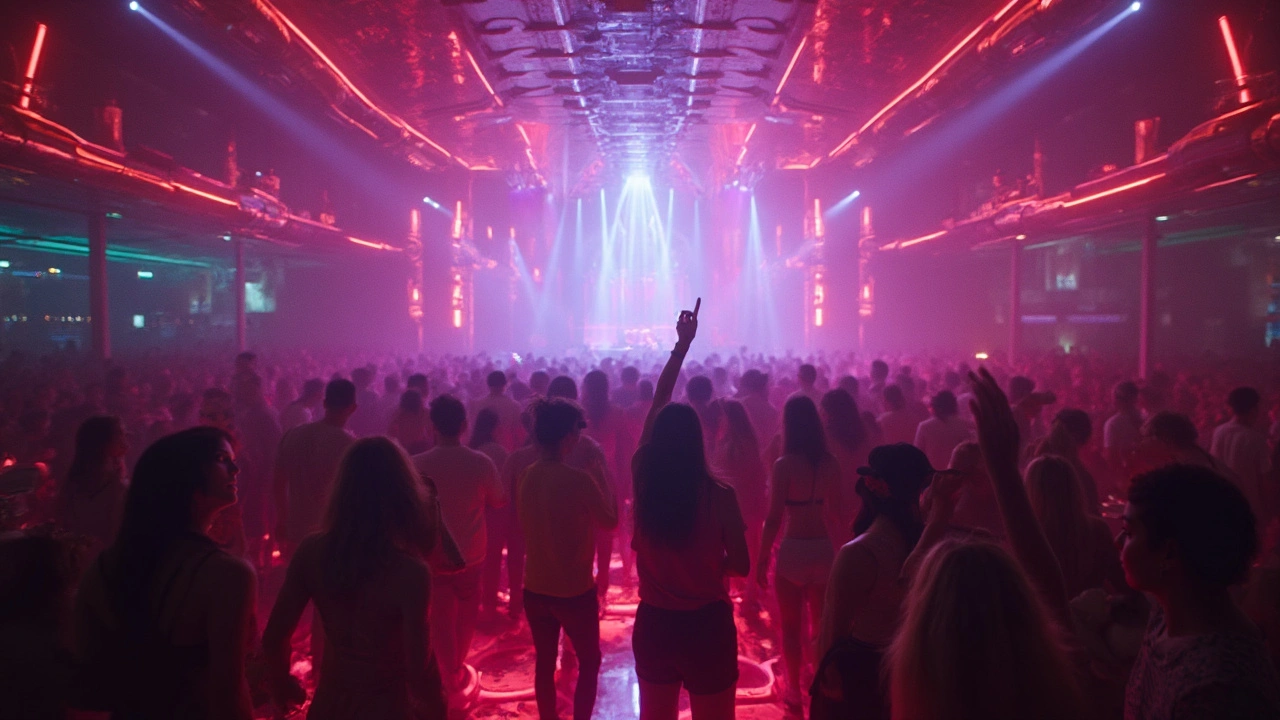
Underground Movements and Hidden Scenes
London’s real nightlife legends usually start off the radar. In the '70s and '80s, the city’s club scene wasn’t just about dancing—it was about pushing boundaries. You’ve probably heard of Ministry of Sound or Fabric, but before those giants, there were places like the Wag Club in Soho, where bands like Culture Club and Sade hung out before they got famous. Some basements in Camden turned punk, reggae, and ska into a lifestyle, not just sounds.
In the ‘90s, things got weirder—in a good way. Raves popped up in old warehouses from Hackney to Vauxhall. These DIY parties dodged licensing laws and relied on payphones and word of mouth for directions. You’d only find out the address hours before the party. Clubbers still talk about the legendary Bagley’s in King’s Cross, where three floors of music ran until sunrise.
Queer communities and marginalized groups thrived in these spaces, too. Clubs like Heaven, which opened in 1979 under Charing Cross, gave LGBTQ+ Londoners a rare place to dance openly. Meanwhile, African and Caribbean rhythms shaped hidden Brixton basement bars.
If you want to catch a taste of these underground vibes today, forget billboards. Look for pop-up dance nights, warehouse events, or the back rooms of classic pubs. Check Instagram and niche blogs, since word still travels through whispers more than press releases. The hunt is half the fun, and that’s what sets London nightlife apart from anywhere else.
Tips for Experiencing London Nightlife Now
Ready to head out? London’s after-dark scene is unpredictable, so a little planning goes a long way. The key is knowing where to look, what to expect, and how to really soak up the local energy. Here’s how you can cut through the hype and get a real taste of that London nightlife magic.
- Check opening hours and door policies: Many iconic clubs like Fabric and XOYO open late and run well into the early hours, but they’re strict on IDs and dress code. Some bars (especially in Soho or Shoreditch) shut the door when they’re full, even if you’re next in line, so it’s smart to get there before 10pm on weekends.
- Book ahead—seriously: For big DJs, headline bands, or any hot ticket event, you often need to book a month or more in advance. Smaller venues or themed pop-ups sometimes run purely by reservation, especially on busy nights.
- Try something off the beaten path: Not everything cool is listed on Google Maps. Ask bartenders at your first stop where they’d go for a late-night drink. They usually know places that aren’t all over Instagram, like intimate speakeasies in Fitzrovia or hidden warehouse parties east of Hackney.
- Mind the last Tube and late buses: London’s night tube only covers some lines on Friday and Saturday. If you’re staying out late, double-check the night transport schedule or budget a bit extra for a cab. A late-night bus trip through the city can be an adventure—sometimes even more memorable than the club.
- Respect the scene: Each part of town has its vibe. West End is flashier, Shoreditch is creative and a bit cheeky, Brixton is big on music, Peckham keeps it unreal with rooftop bars. Don’t barge in expecting the same everywhere.
Here’s a quick snapshot of average entry costs and closing times:
| Area | Average Entry (£) | Usual Closing Time |
|---|---|---|
| Soho | Free–15 | 3:00 AM |
| Shoreditch | 5–20 | 2:00–4:00 AM |
| Brixton | Free–10 | 2:00–3:00 AM |
| Camden | 10–18 | 2:00–3:00 AM |
One last tip—Londoners don’t always stay in just one place all night. Sometimes the best moments come from bouncing between a few venues, grabbing late-night food (look for bagels in Brick Lane after midnight), and following the crowd wherever the music sounds best. You’ll find every corner tells a different story.

